Environmental Engineering Reference
In-Depth Information
During the 1990s, Südwind failed to keep up with the ever-
growing demand for larger wind turbines. However, a 600 kW
design followed in 1996. It was a pitch-regulated machine with a
46 m rotor, called S-46, and turned out successfully. Despite that, in
1998, Südwind declared bankruptcy. The company had a 750 kW
up-scaled prototype of the S-46 (S-50) running at the Grevenbroich
test site. But rights were sold to Nordex Balcke-Dürr in north-
eastern Germany. Few years later Südwind just served as a label in
the product line of Nordex.
Windkratzentrale: 1976-1990
Apart from Brümmer, Windkraftzentrale (WKZ), founded by Horst
Frees, was the second pioneer whose roots go back to 1976. At that
time, Frees marketed Danish wind pumps in Germany and developed
own small battery charger with two blades, which was very
successful and counted some hundreds of units sold. Around 1980,
the firm began producing wind roses on the basis of a Danish
design. These had a rated power of 12 kW and were called
Elektromat.
In 1985, WKZ introduced its own 20 kW Elektromat. A 3-
blader, which strongly followed the Danish design philosophy. This
machine was quickly up-scaled to 25 kW. A dozen of Elektromat
25 kW was sold. Around 1989, WKZ managed to build a larger
machine rated at 90 kW of which few were put up [5]. In 1990, Frees
suddenly died, leading to the disappearance of WKZ. The Elektromat
design was acquired and developed on by Fuhrländer, a well-
known German wind turbine manufacturer in 2012.
Horst Frees was very influential for the German wind energy
development. He constantly pushed wind projects, fought authorities
and tried to improve the image of wind energy throughout the 1970s
and 1980s.
18.3
The Wind Boom of the 1990s
18.3.1
Summary of German 1990s Wind Power
Activities
After a series of failed federal wind projects and an ever-growing
market for small wind turbines, the Federal Ministry of Research


Search WWH ::

Custom Search